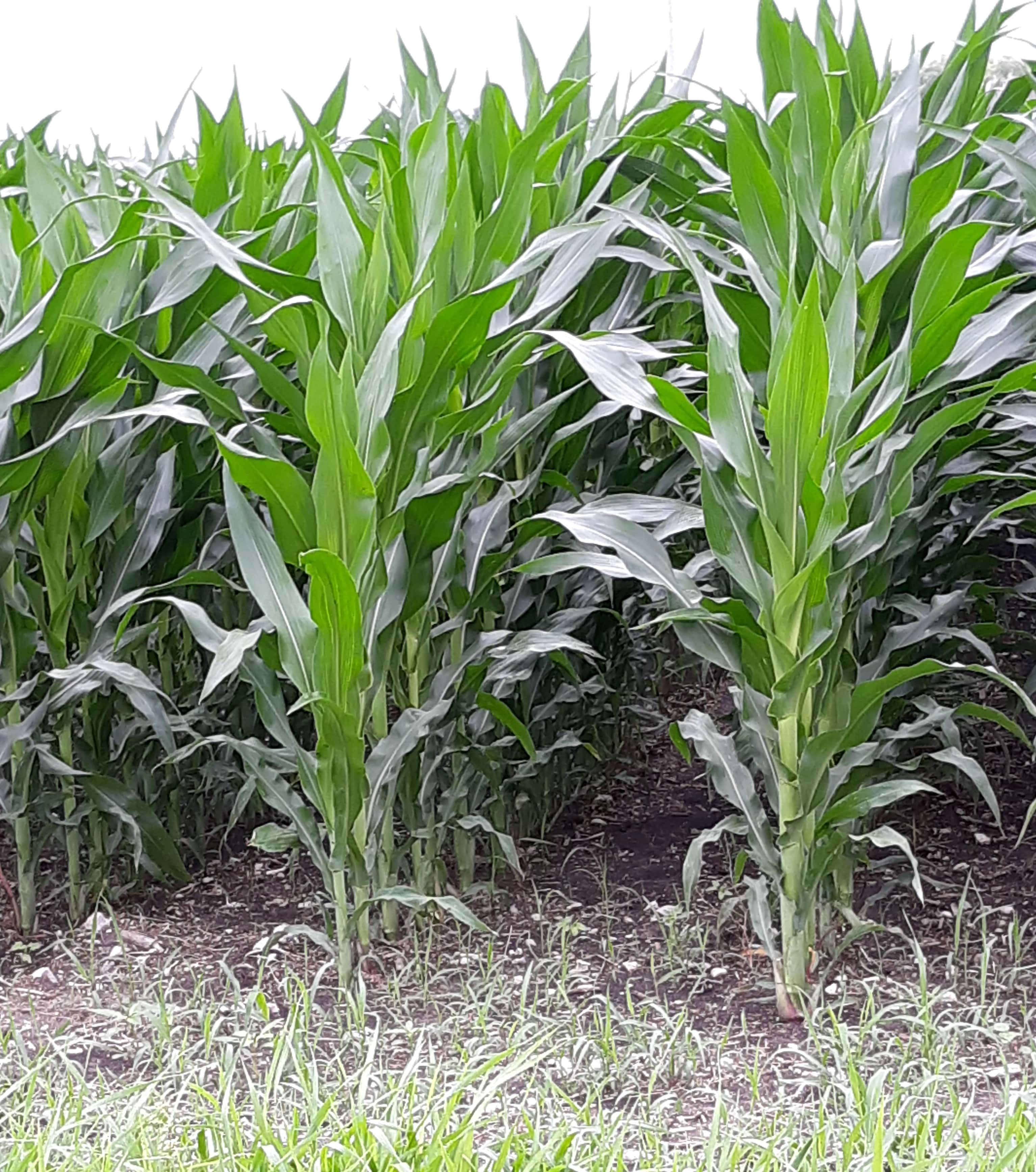
This year’s soybean and corn harvest was largely a good one locally, according to a field agronomist with the Iowa State Extension Office. However, while not many people are thrilled with their yields, people are largely satisfied with how the harvest has gone this year.
Virgil Schmitt, a field agronomist who serves Henry, Muscatine, and Des Moines counties, among others, says things progressed ahead of schedule. A dry fall meant fewer wet days for farmers to dodge, allowing them to harvest the crop quicker than anticipated.
Harvesting the crop quickly after it matures is important. Schmitt says, “The longer the crop stands out in the field after it matures, the more likely it is that weather is going to get it, wildlife is going to get it. You’d like to get it out of the field as quickly after maturity as possible.”
Soybeans pose the challenge of drying faster than they can be combined. Schmitt says he heard of soybeans coming in at 9- or 10-percent moisture, rather than the 13-percent that is preferred. If there is wetting and drying, the pods can pop open and scatter the seeds, rendering them irretrievable.
Corn, meanwhile, faces significant challenges from weather and wildlife. Strong wind gusts can blow crops over, and corn is a popular target for wildlife. The longer it stands in the field, Schmitt says, the more losses a farmer will take before they can sell it or eat it.
Challenges remain even after the crops are harvested for the season. For those looking to sell their crops, low prices make it difficult to make ends meet even with a large yield. Fewer bushels sold can lead to struggles with paying bills and forward pricing for materials for next year.
Total yield data for 2025 is not yet available.

